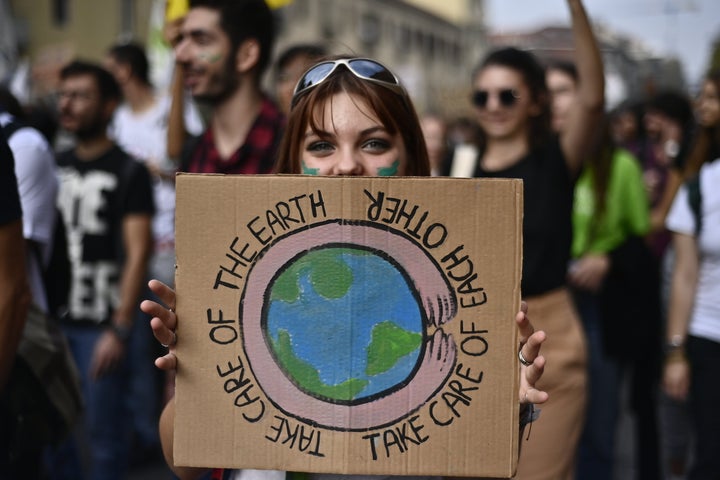
It really can feel like it’s hard to come by good news sometimes, especially while international politics are dominating the news cycle.
So, with that in mind, we’ve put together a list of some of the better headlines to have emerged in recent weeks about how we’re (very gradually) starting to actually do something about the climate crisis.
And, after years of increasingly terrifying warnings about the future of our planet, any snippet of good news is worth celebrating.
1. We have actually improved since the Paris climate agreement
Back in 2015, countries around the world agreed to limit climate change to just 1.5C above pre-industrial levels.
Fast-forward a few years and, although we are definitely still not on track to reach that particular target, we have improved – and significantly.
We were on path to 3.5C increase in global temperatures by 2100 pre-the Paris agreement, but we’re now on track to 2.5C overall.
And we’re probably going to produce 7.5 billion tons less of CO2 between 2015 and 2030, compared to pre-Paris agreement forecast, due to our use of solar panels, wind turbines and electric vehicles.
That’s according to the latest report from the International Energy Agency (IEA), released at the end of September.
However, the experts do warn that we are still a long, long, way off where we nee to be with everything from solar panel installation to switching to electric cars – but, our current action means global climate pollution should peak by the mid-2020s.
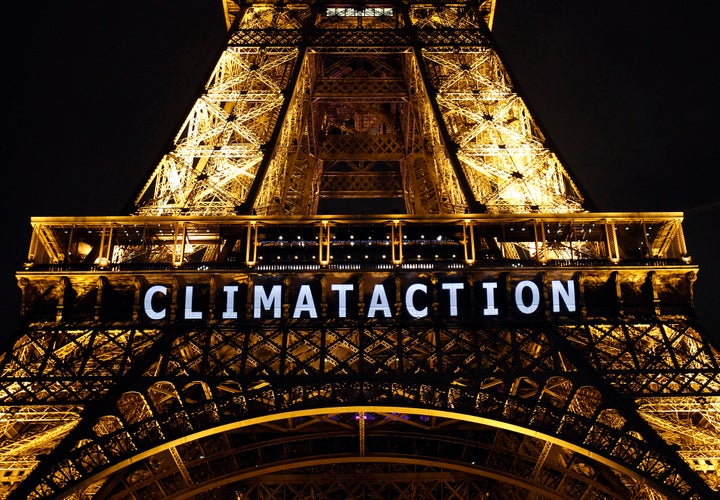
2. Japan makes a huge promise to the UN climate change fund
Japan has promised to put 165 billion yen (£906 million) into the UN’s fund to help countries more vulnerable to climate change adjust.
The extra money has reportedly already helped a billion people, avoided 2.9 billion tonnes of CO2 equivalent being pumped into the atmosphere, and aided 228 projects across 128 countries.
Tokyo announced on October 5 that it would be contributing towards the 2024-2027 Green Climate Fund by matching the commitment the country made for the 2020-2023 funding round.
The decision means Japan is now one of the fund’s largest donors, after Germany, the UK and France.
3. Coca-Cola unveils trial to make bottle tops from CO2 emissions
Yep, one of the world’s largest producers of plastic is funding a three-year trial at Swansea University where they’ll be making bottle tops out of CO2 removed from the atmosphere.
The Coca Cola company is trying to reach net zero by 2040 but most of its packaging is still made from fossil fuels and therefore releases a lot of CO2 into the atmosphere when produced.
In fact, the Global Carbon Project says plastic-making process is responsible for nearly 1% of the world’s total CO2 emissions – which is why this technique could be very promising.
So, how does this technique work?
According to a BBC report, an electric charge goes through a mix of CO2 (retrieved from nearby factories or its own smoke emissions) and water to create ethylene, which is then used in bottle tops.
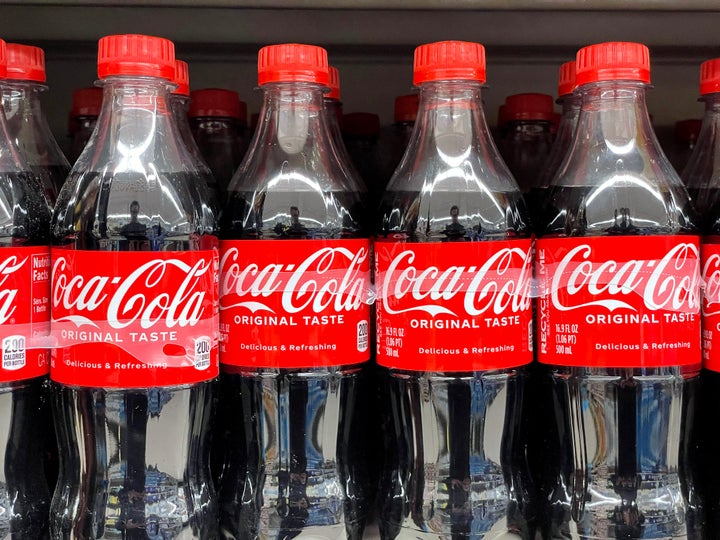
4. Europe’s disused coal mines
In a twist of fate, abandoned coal mines across Europe are enjoying a second life as a source of zero-carbon energy – including in the UK.
A project in Gateshead has used the warm water which has accumulated in the tunnels to heat homes and businesses for the last six months for 350 high rise homes, a college, art gallery, office buildings and a manufacturing site.
England’s coal mines flooded after years of disuse, leaving an estimate two billion cubic metres of warm water to become naturally warmed by the planet.
It could unlock a huge energy source lying under a quarter of all homes in the UK, especially former mining communities, according to news outlet euronews.
The water often contains toxic compounds, but it is still useful as a means for heat – especially as temperatures can reach up to 45C at depths of one kilometre.
It works by drilling boreholes to bring the water up to the surface, and then pushing it through heat pumps and extractors, before it is sent into heating systems.
The water is then returned into the mines to be heated again, to make a year-round heating solution.
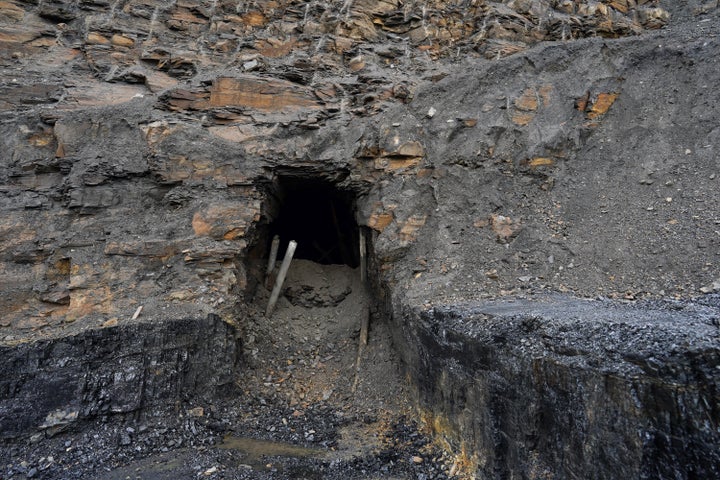
5. Special sponges may be able to absorb micro-plastics
Researchers in China published a study in August which revealed how their synthetic, incredibly lightweight sponge – made mostly from starch and gelatin – helps pick up microscopic plastic particles.
In fact, their study found the sponge removes both micro-plastics and nano-plastics from liquids, trapped in the sponge’s pores. Depending on the conditions of the liquid, the sponges could remove up to 90% of the micro-plastics.
And the researchers can tweak the sponges when they’re being developed to make them more or less absorbent.
They could even be used in washing machines, to absorb loose fibres from clothing, although the team suggested it was probably too ambitious to use these to absorb the plastic in the ocean.
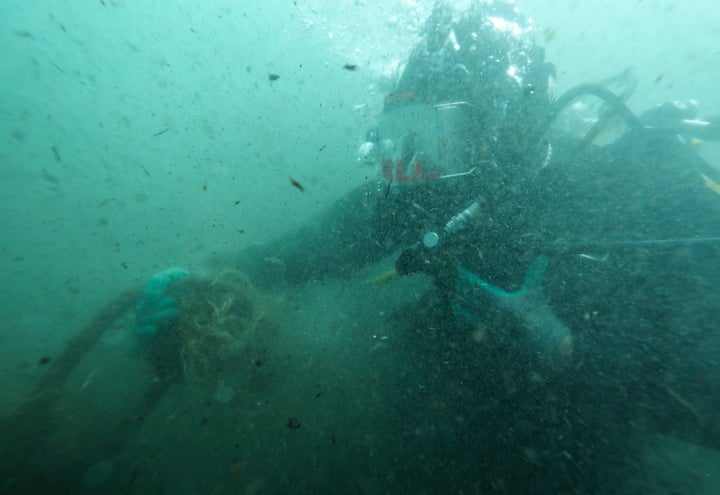
6. Oatly calls for climate labelling on groceries
Oatly – a major producer of oat drink – is calling for climate labelling to be put on all food and drink sold in the UK, after publishing a Grey Paper calling for more transparency on the climate impact.
And, the company’s own research shows it is backed by UK consumers.
Sixty-two per cent of respondents said they supported a policy to introduce carbon labelling on food and drink products, while 55% think companies should be obliged to publish that information.
Most consumers who responded (59%) also said they would cut back or stop completely consuming high carbon-footprint food and drink products.

